Box Falling Using 6 DOF Dynamic Mesh CFD: A Fluent Study of Object Dynamics
Box Falling Using 6 DOF Dynamic Mesh CFD: A Fluent Study of Object Dynamics
- Upon ordering this product, you will be provided with a geometry file, a mesh file, and an in-depth Training Video that offers a step-by-step training on the simulation process.
- For any more inquiries regarding the product, please do not hesitate to reach out to us at info@CFDLAND.com or through our online support assistant.
€120
When an object falls into water or moves through air, it does not just go straight down. It can spin, flip, and turn in very complex ways. This is because the water or air pushes on it from different sides. A Box Falling Using 6 DOF Dynamic Mesh CFD simulation helps engineers understand these complex movements. “6 DOF” means “Six Degrees of Freedom.” This means the computer model can move in all possible ways: up-down, left-right, forward-backward, and also spin around three different lines (like a ball spinning in mid-air). This is much more real than just dropping an object straight down.We use ANSYS Fluent for this kind of study. It lets us see exactly how the water and air push on the box. We also use a special tool called Volume Of Fluid (VOF). This tool helps us clearly see the line between the air and the water, like when a box makes a big splash. Another important tool is the Dynamic Mesh. This means the computer’s grid (like a map of tiny boxes) changes its shape and moves as the box falls. This makes the simulation very accurate. This kind of Falling Object 6DOF CFD analysis is very useful. It helps design safer packages, understand how things move in the ocean, or even predict how buildings might act during floods.

Figure 1- A visual representation of the Falling Object 6DOF CFD problem, showing a box about to impact the water surface.
Simulation Process: Setting Up the 6 DOF Dynamic Mesh in Fluent
To study the Box Falling Using 6 DOF Dynamic Mesh Fluent problem, we first created a computer model of the box and the water around it. The most important part of this setup is using two special methods together in ANSYS Fluent: the Volume Of Fluid (VOF) multiphase model and the Dynamic Mesh model. The VOF model is like a special camera that can see both the water (blue in Figure 2) and the air (red in Figure 2) at the same time, and it clearly shows the moving line between them when the box hits the water.
The Dynamic Mesh is what lets the box move freely. As the box falls, the mesh (the tiny grid of cells) around the box changes its shape and moves with the box. This is very important for a 6 DOF Dynamic Mesh Fluent simulation. To make the box move exactly as it would in real life, we used a special set of rules called a User-Defined Function (UDF). This UDF tells the computer how to calculate all the pushing and pulling forces from the water on the box. Then, the mesh is kept smooth and good quality even as it moves, using special methods called Smoothing and Remeshing. This careful setup helps us get very realistic results for how the box falls.
Post-processing: Understanding the Box’s Dynamic Fall and Water Response
The simulation results tell a clear story of cause and effect, showing the complex dance between the falling box and the water. The main cause is the box hitting the water surface. The direct effect is a big splash, and the water surface changes shape. Figure 2, the air volume fraction contour, perfectly captures this moment of impact, showing the clear boundary between air and water and the initial splash. A major achievement of this Box Falling Using 6 DOF Dynamic Mesh CFD simulation is its ability to precisely capture the complex interaction at the water surface, including the initial splash and the formation of realistic surface waves that move away from the impact point, which is crucial for understanding energy transfer. The simulation also shows that the box does not just fall straight down; it also tilts and spins (rotates). This happens because the water pushes on different parts of the box unevenly. This ability to capture the box’s natural rotation is a key highlight of our 6 DOF Dynamic Mesh CFD approach, as simpler simulations often miss these complex movements.
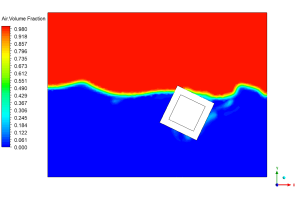
Figure 2: An air volume fraction contour from the Box Falling Using 6 DOF Dynamic Mesh Fluent simulation, displaying the box breaking through the water surface and creating a splash.
As the box moves deeper, the water rushes around its edges very fast. The velocity streamlines in Figure 3 show this perfectly. We see high-speed flow (yellow-red colors, over 2 meters per second) squeezing around the box’s corners. This fast flow is the cause of another important effect: it creates spinning whirlpools, called vortices, above and below the box. These vortices are clear signs of turbulence. The most important achievement of this Falling Object 6DOF CFD analysis is the highly detailed visualization of these underwater flow patterns. It perfectly shows how objects create turbulence as they move through water, including the precise formation of vortices and the wake behind the box. This detailed insight into fluid dynamics is vital for engineers to predict drag, stability, and eventual resting position of submerged objects. The full simulation, when viewed as an animation, provides a complete picture of how these patterns constantly change as the box sinks deeper and finds its final position.
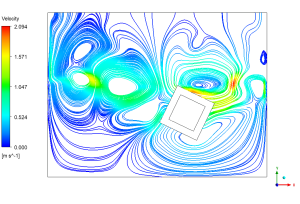
Figure 3: Velocity streamlines around the falling box, revealing the formation of vortices in the 6 DOF Dynamic Mesh Fluid Simulation.
We pride ourselves on presenting unique products at CFDLAND. We stand out for our scientific rigor and validity. Our products are not based on guesswork or theoretical assumptions like many others. Instead, most of our products are validated using experimental or numerical data from valued scientific journals. Even if direct validation isn’t possible, we build our models and assumptions on the latest research, typically using reference articles to approximate reality.
Yes, we’ll be here . If you have trouble loading files, having technical problems, or have any questions about how to use our products, our technical support team is here to help.
You can load geometry and mesh files, as well as case and data files, using any version of ANSYS Fluent.
€155 Original price was: €155.€99Current price is: €99.

€180 Original price was: €180.€155Current price is: €155.

€195 Original price was: €195.€135Current price is: €135.

€210 Original price was: €210.€155Current price is: €155.

€245 Original price was: €245.€199Current price is: €199.

€330 Original price was: €330.€199Current price is: €199.


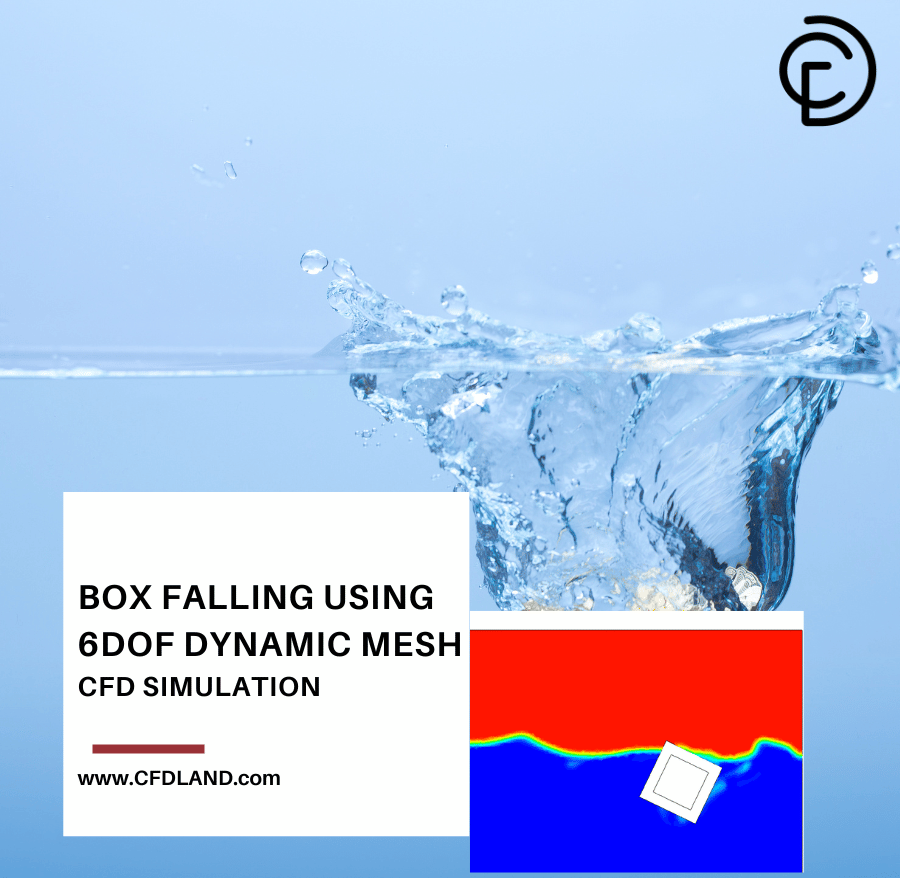
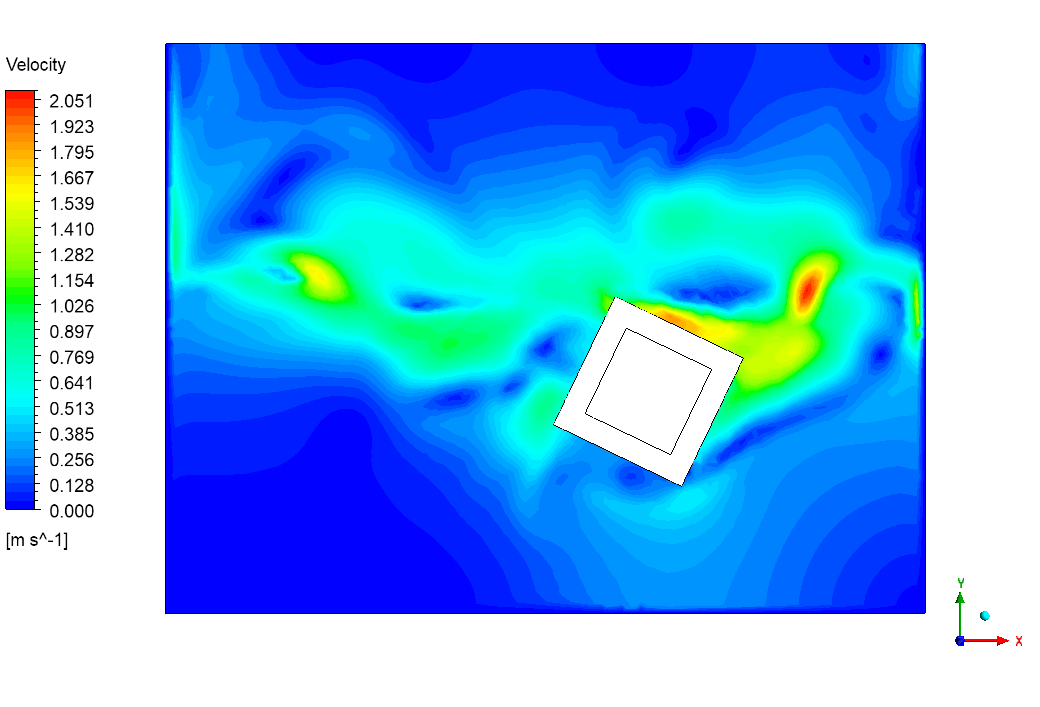
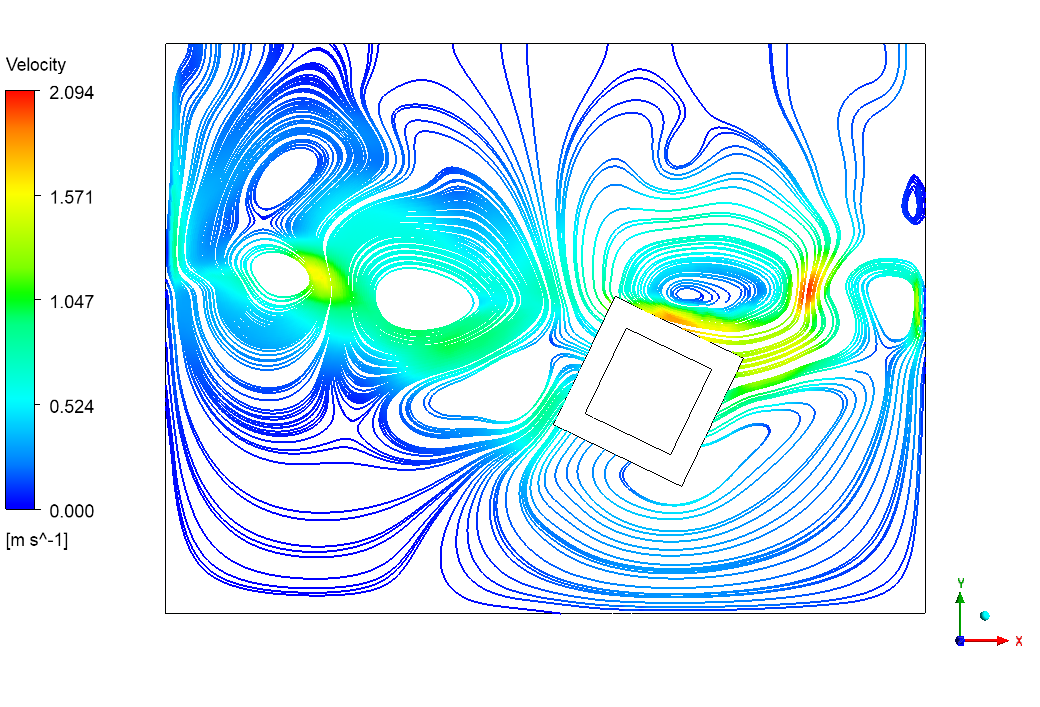
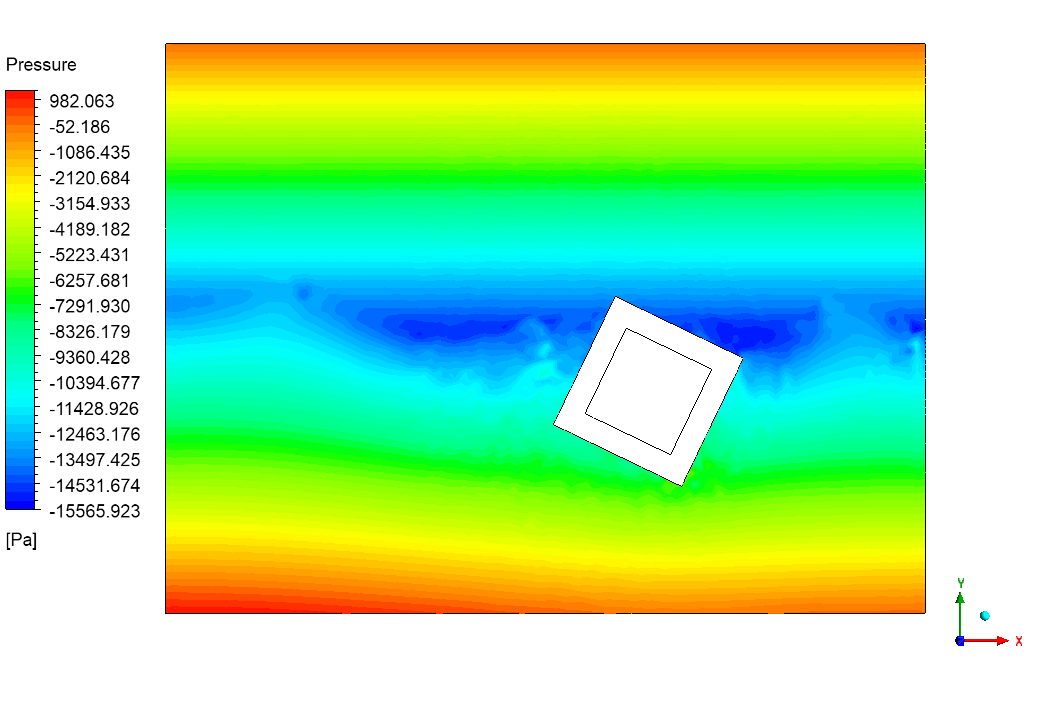
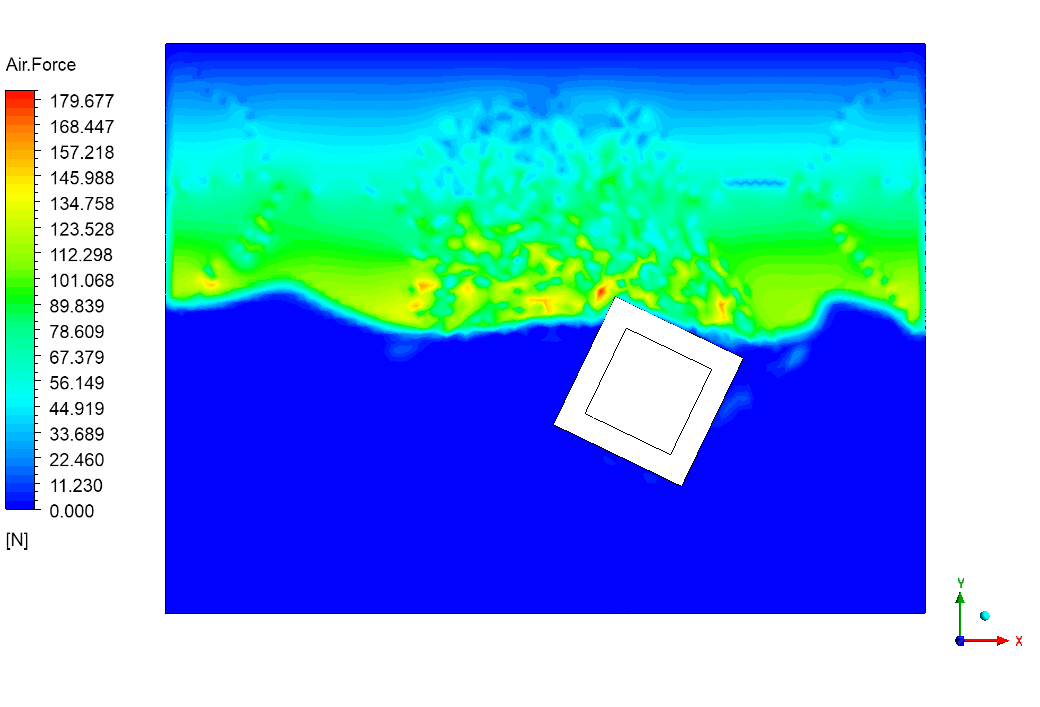
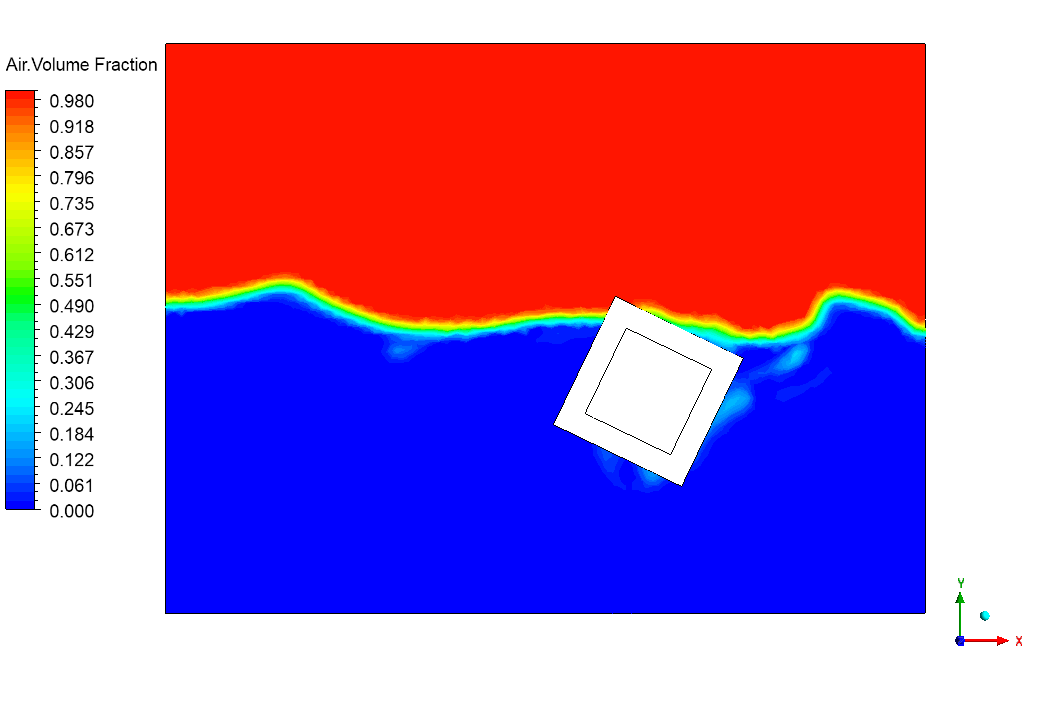






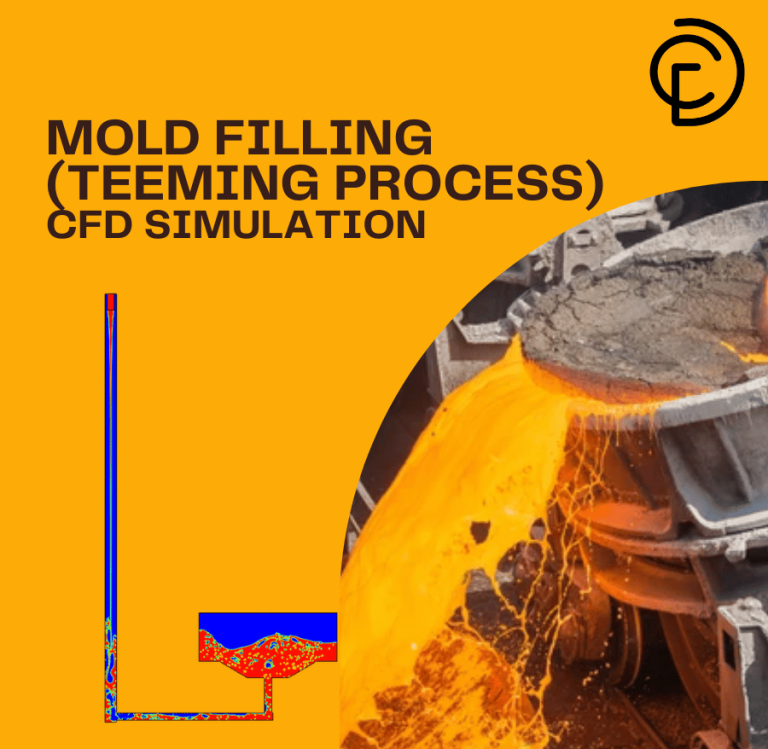
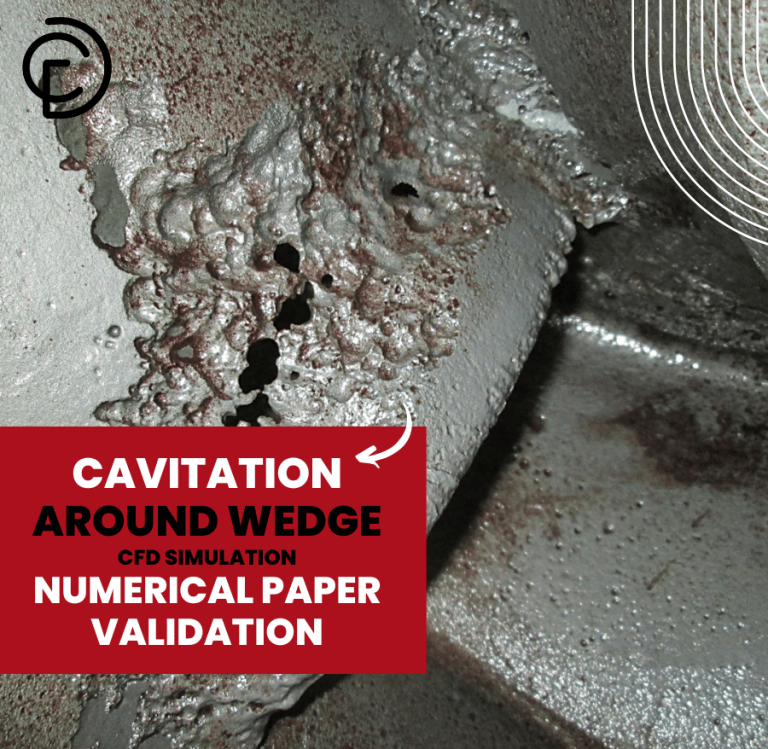
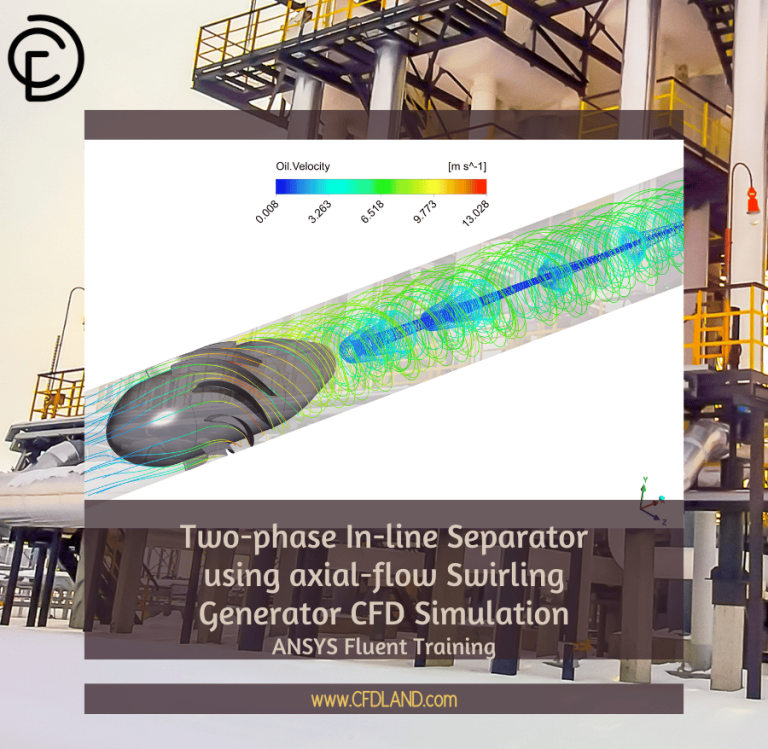

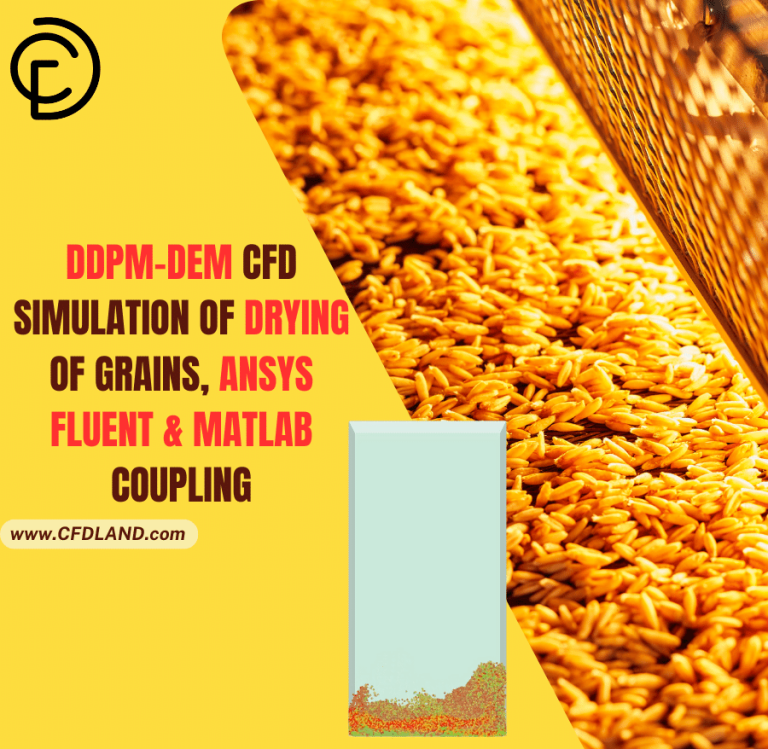
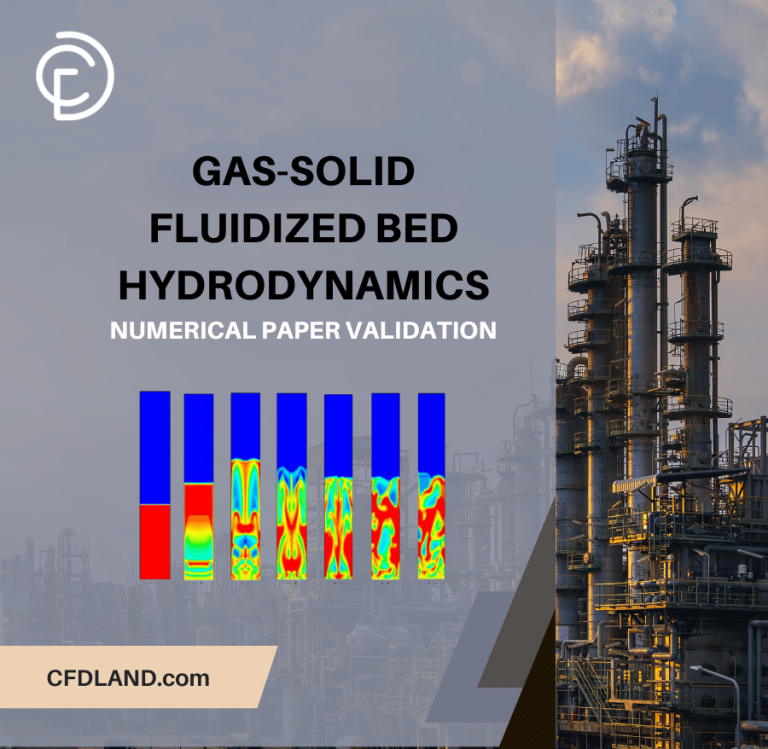
Reviews
There are no reviews yet.